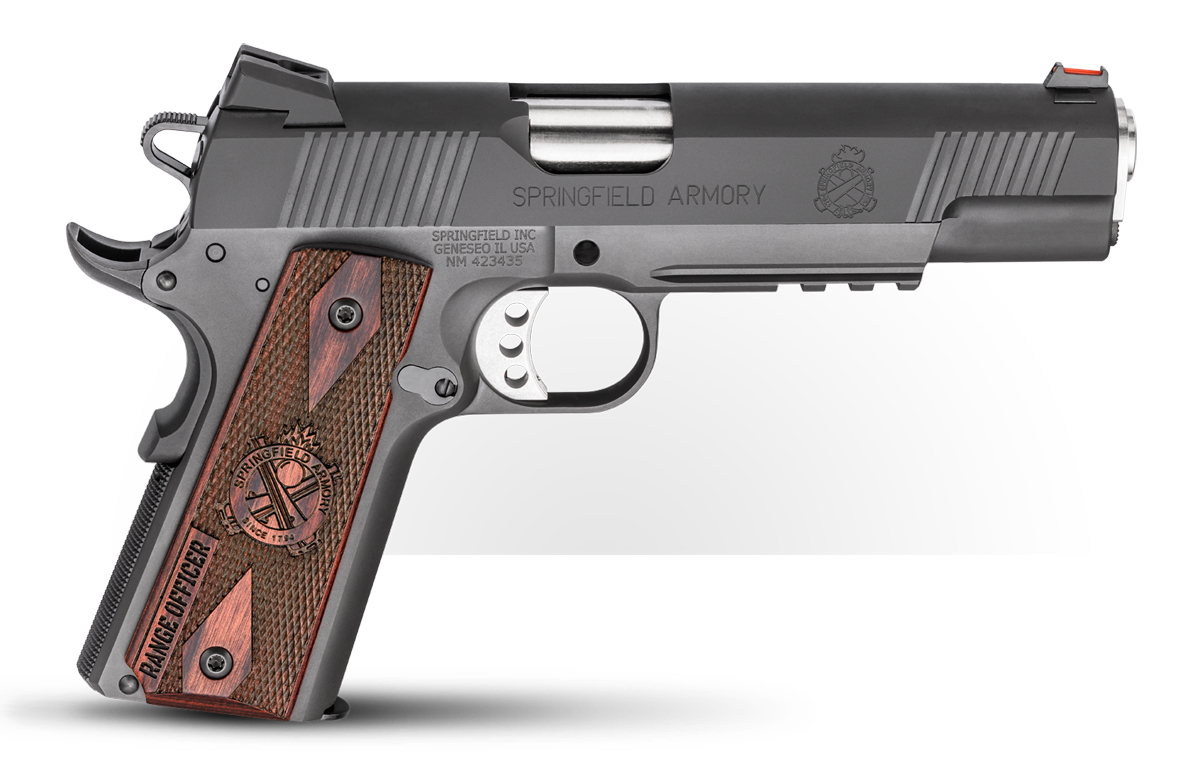Is a 9mm the Best First 1911?
June 2nd, 2021
6 minute read
Selecting a handgun can be an incredibly difficult process for many first-time buyers. It’s easy for new shooters to get overwhelmed by the sheer number of options on the market with so many interesting technologies and features being incorporated into modern handguns. While this is great for experienced shooters, new buyers might overlook less feature-packed guns that would truly put them on the path to being the best marksmen they can be.
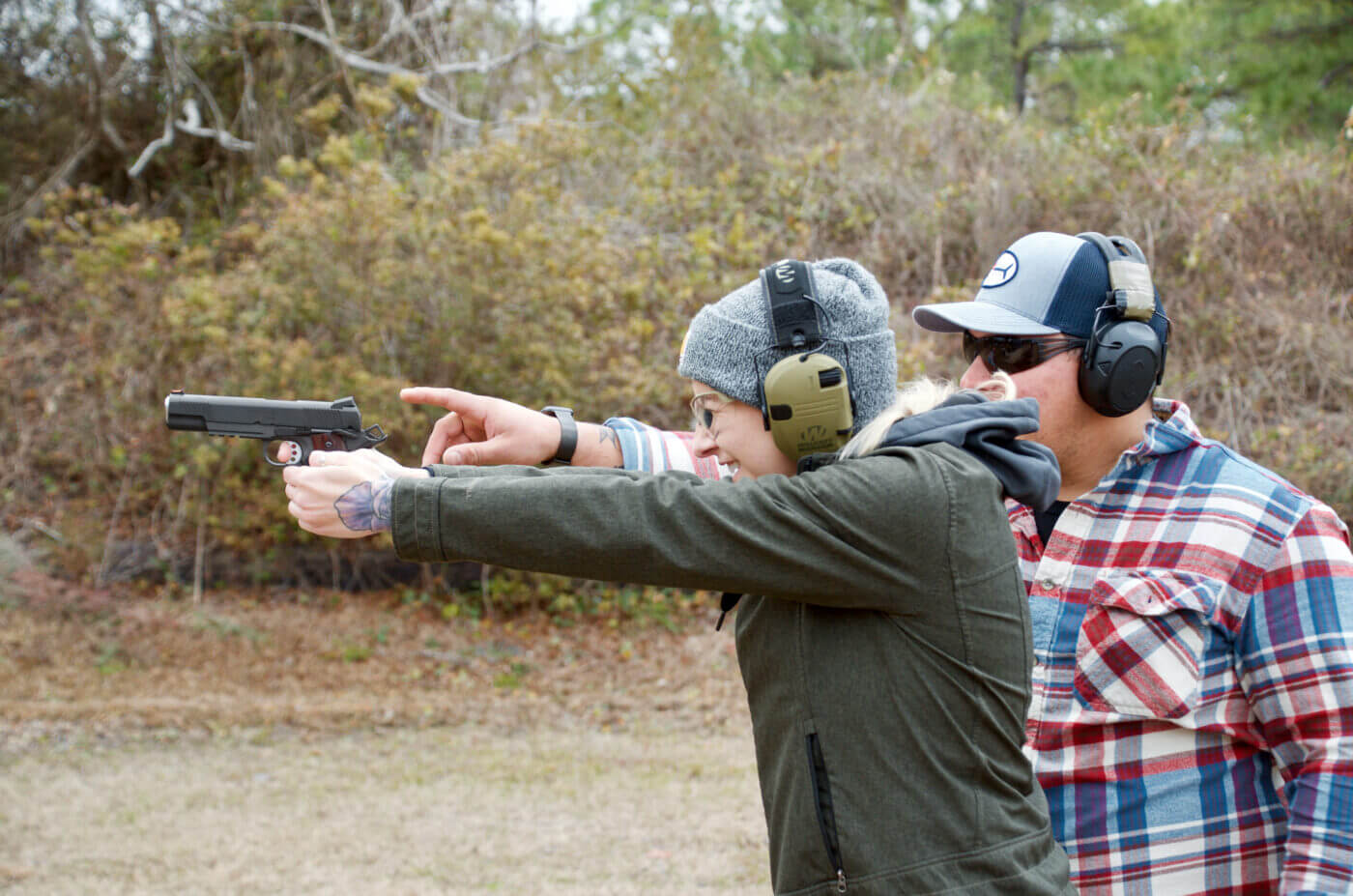
While feature-packed handguns are great in their own right, they may be more effective in the hands of a shooter who has already become comfortable with the fundamentals of marksmanship. I’ve shot countless handguns over the years from blackpowder revolvers to futuristic race guns. In my experience, few 9mm handguns compare to a full-size 9mm 1911 when teaching new shooters. Why? The 1911 platform combines simplicity of controls and ease of use as no other option does. In many ways, the 9mm is the best first 1911 pistol.
Simple Options
The simple hammer-fired, single-action-only trigger mechanism makes learning repeatable trigger pull technique easy. It can also allow new shooters a higher degree of accuracy as opposed to a long, heavy, double-action pull. A lot can go wrong with a shot in the time it takes to bring a double-action trigger fully to the rear. Adding an inexperienced shooter to the equation guarantees a challenge.
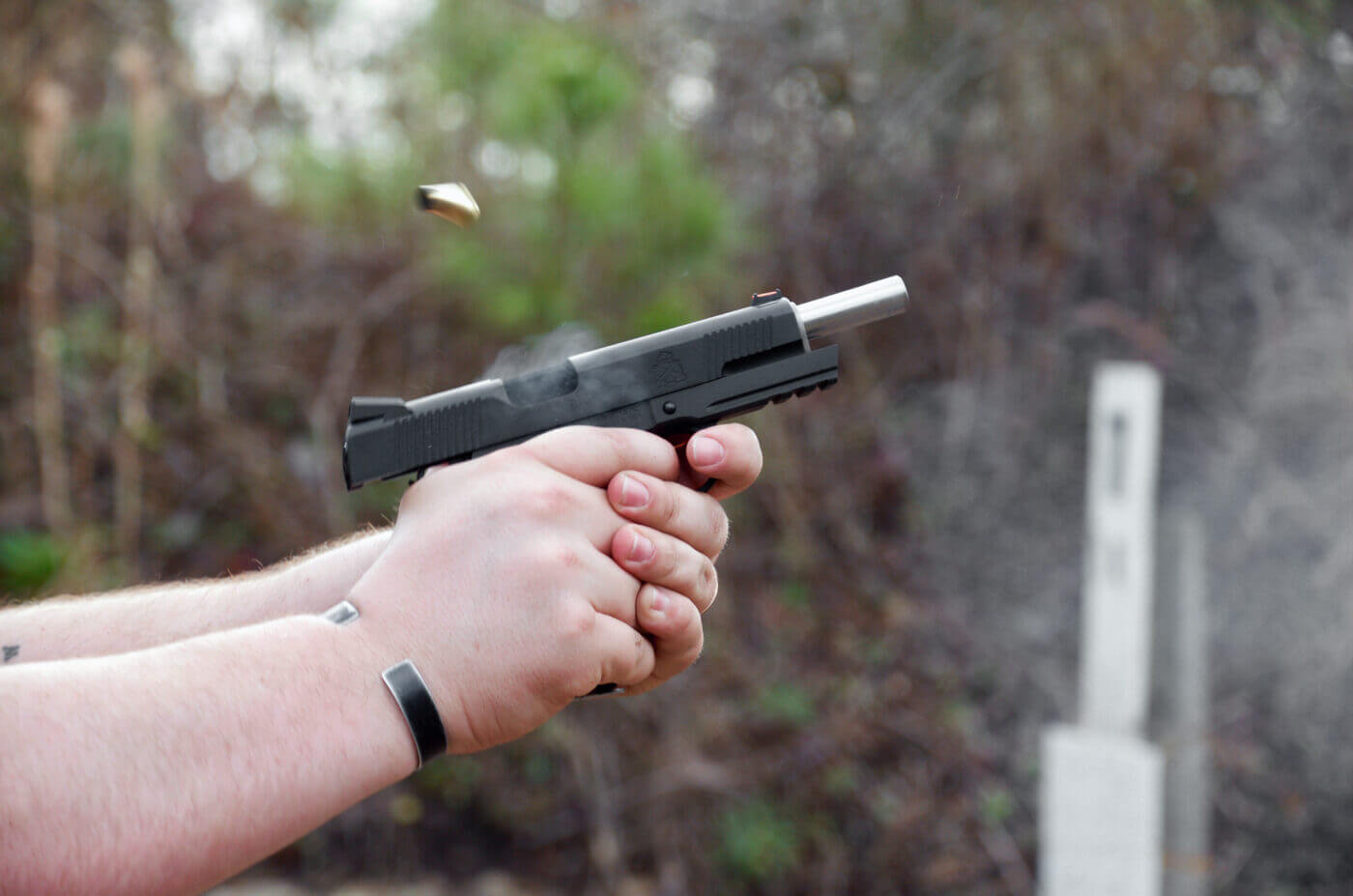
Trigger pull weight and feel is an extremely important aspect of selecting a handgun. The 1911 features a single-action trigger pull that tends to be on the lighter end of the pull weight spectrum. When it comes to trigger pull weight, the key is finding a balance — one that is too light may be unsafe to use for defensive applications. An extremely light trigger may also result in a negligent discharge for untrained shooters with poor trigger discipline. On the other hand, an overly heavy trigger will make it difficult for the shooter to keep their sights steady on the target during the critical moment before the shot is made.
Speaking of sights, I feel new shooters should avoid 1911s with more traditional, unmarked steel sights. These can be difficult to acquire and keep track of during strings of fire. The vast majority of 1911s being produced today feature some form of marked sights, whether that be three white dots, fiber optic tubes or tritium. Any of these are viable options for a new shooter.
Weighty Choices
Another factor that makes the 1911 so beneficial to new shooters is the weight of the gun. Traditional 1911 platforms offer more manageable recoil than modern polymer-framed handguns. The added weight of all-metal construction soaks up a good bit of the recoil impulse that can plague lighter handguns. The tamer recoil of an all-metal handgun reduces the likelihood of a new shooter developing a persistent flinch, and further allows them to concentrate on the fundamentals of a good shot. It also increases the likelihood that a new shooter will find the shooting experience comfortable.
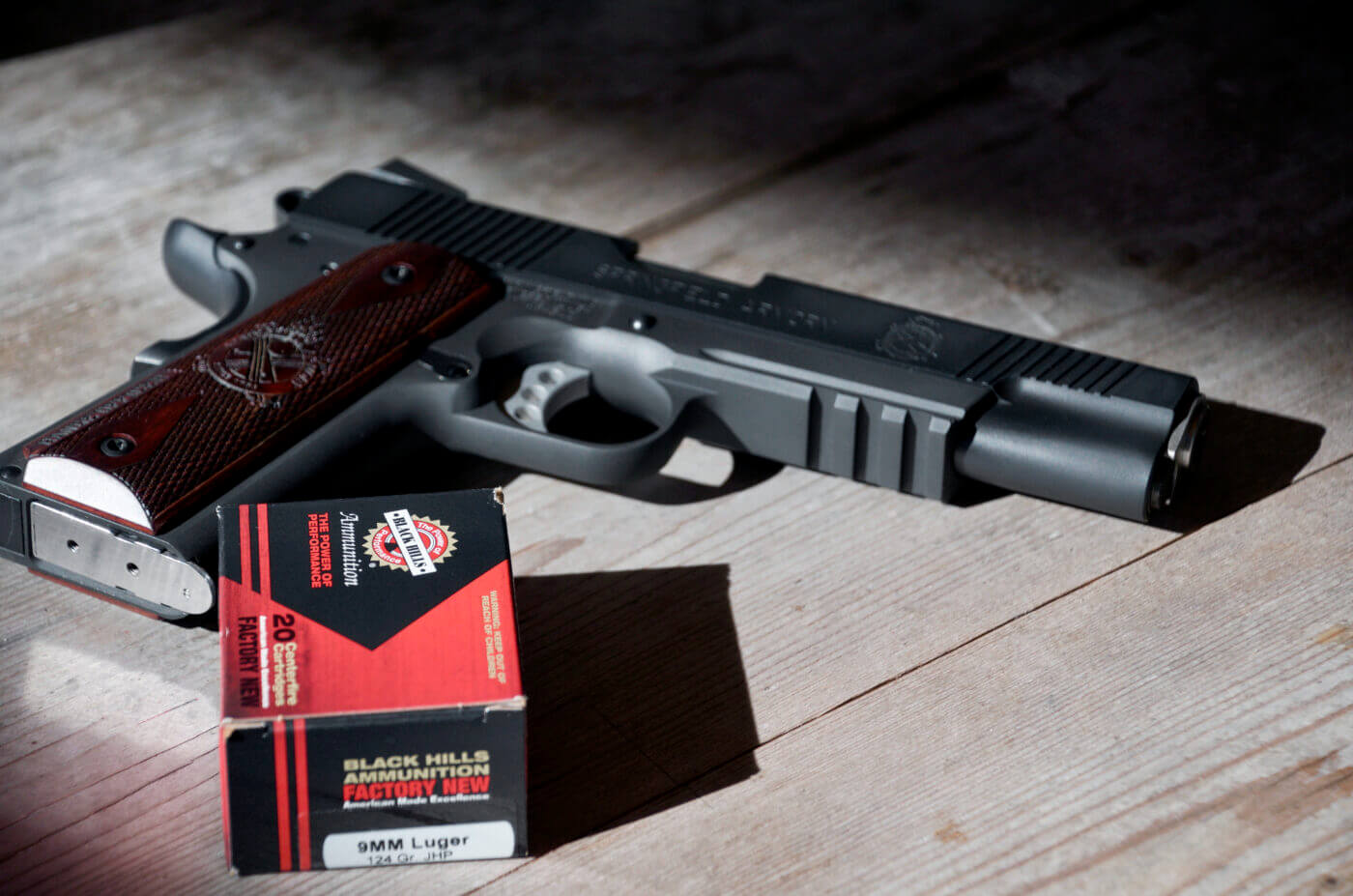
This is more important than many might realize. If a new shooter has a bad experience with their firearm or is completely uncomfortable utilizing it, the likelihood of them taking it out to practice with any frequency is low.
While all-metal construction does help mitigate the recoil of all 1911s, 1911s chambered in 9mm benefit from an even higher degree of controllability, on top of a host of other benefits. The low recoil and tolerable muzzle report of 9mm are more friendly to shooters who aren’t necessarily acclimated to gunfire than are the characteristics of a round like .40 caliber.
You also get more capacity with the smaller 9mm round. 1911 variants like the Range Officer Operator pack a little extra capacity when compared to their larger .45 counterparts. While no traditional single-stack 1911 can compete with the magazine capacity of modern double-stack handguns, the benefits of the platform make the relative sacrifice of total capacity worth it. In addition, the magazines for 9mm 1911s are generally very light — even when loaded. They are also slim enough that carrying several of them is relatively unobtrusive.
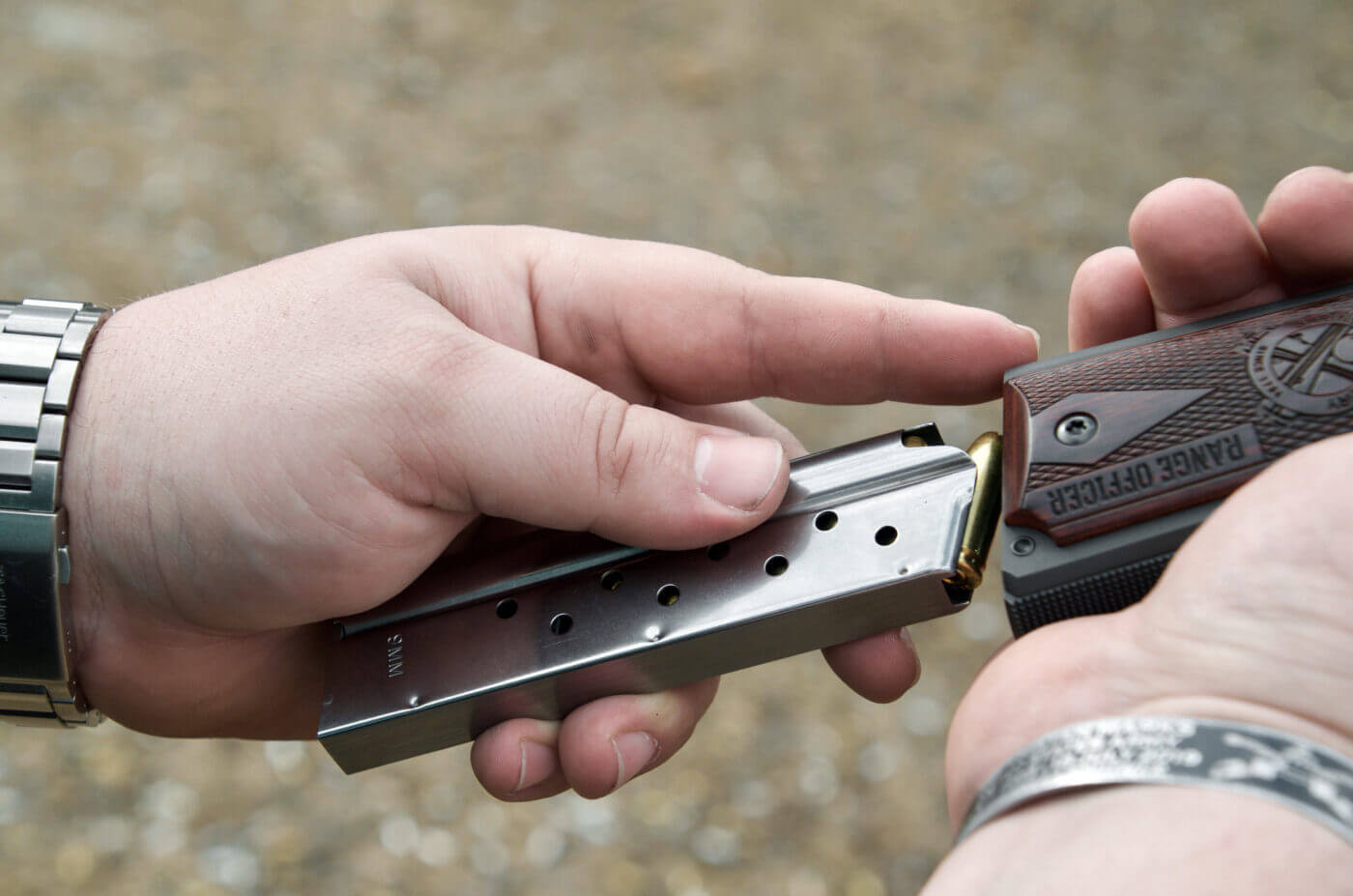
The 9mm round is also one of the most prolific handgun rounds in America. This is of the utmost importance for new shooters, especially with the current state of ammunition availability. If a shooter cannot find ammo for their firearm, they won’t be able to practice with it. If they don’t practice with it the odds are they will not be confident when it comes time to use it in any application. Having a firearm chambered for a round with a higher level of availability is a big advantage for new shooters and should not be underestimated. Ammo prices have certainly changed, but 9mm remains one of the most affordable centerfire pistol cartridges out there.
My Choice
Not all 9mm 1911 pistols are made equally. It’s important to take into consideration the features and build quality of such a gun before a new shooter makes a selection. My positive experience with the 9mm 1911 platform stems from the Springfield Range Officer Operator in 9mm. This pistol exudes the principles of what makes a good beginner’s handgun.
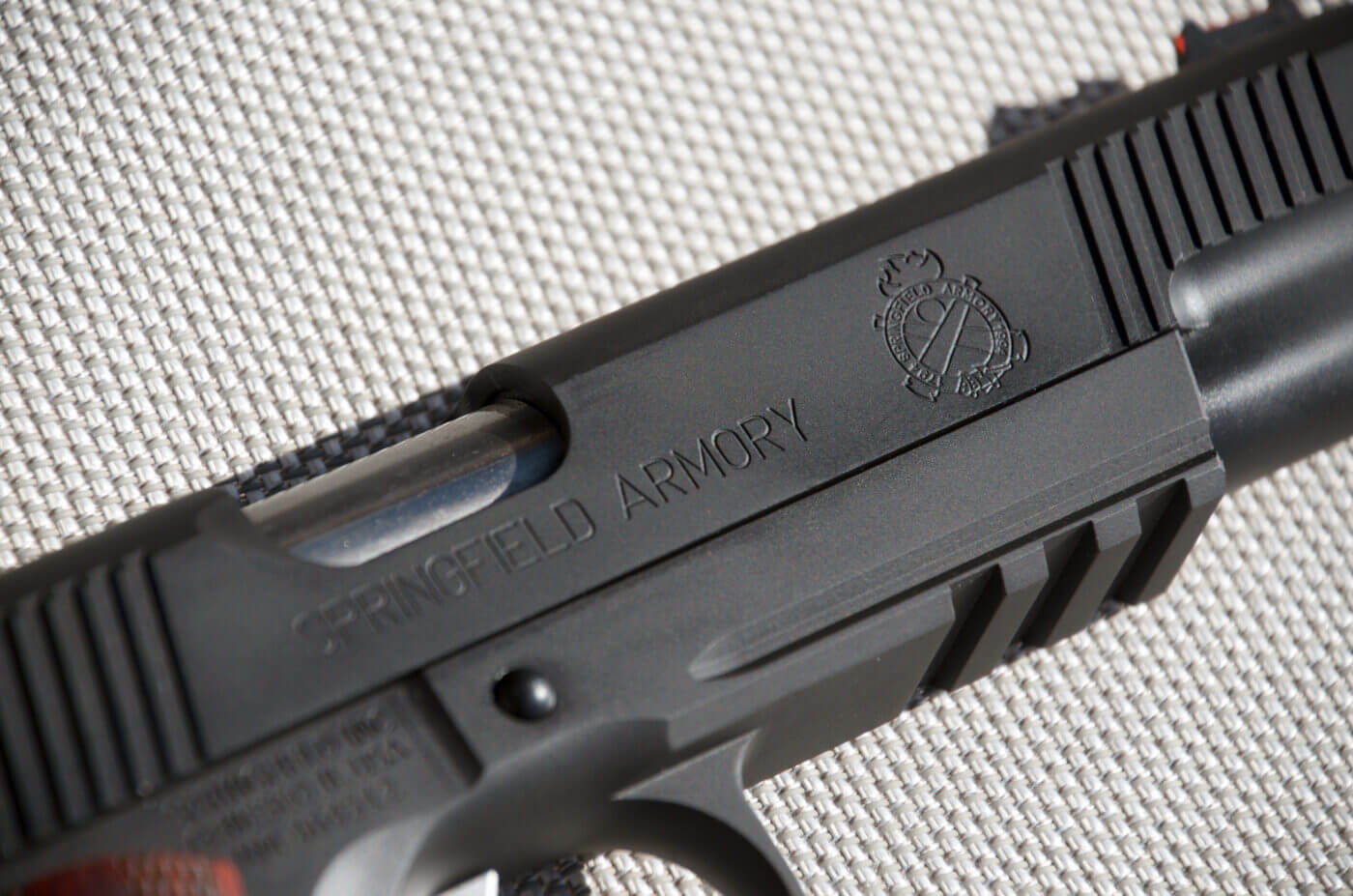
It has all of the features essential to successfully learning the sport as well as some that allow the firearm to be used for a wider array of applications once the shooter is comfortable with it. That being said, the gun does not go overboard in the features department, giving you a bunch of stuff you may not need.
There are no overly complicated features to this gun, but it still has everything it needs to be effective for many uses. The gun features low-profile, combat style white dot sights at the rear of the slide. Up front, a brilliant fiber optic front sight ensures that the shooter is able to get on target expediently. The slide itself features grippy serrations that do not disappoint, even on the sweatiest of range days.
The forged, match-grade, stainless-steel barrel offers a level of accuracy that should impress even the most discerning pistol shooter, especially when considering the price of the package it comes in. I am confident that shooters will not outgrow the accuracy capabilities of the Range Officer Operator as they progress. I still feel that the gun is more accurate than I am after years of shooting with it. The trigger is crisp in both initial pull and reset. My Lyman Trigger Pull Gauge measures the pull weight to be around four and one-half pounds, which makes for an excellent break, but is not so light that it may cause problems for inexperienced shooters.
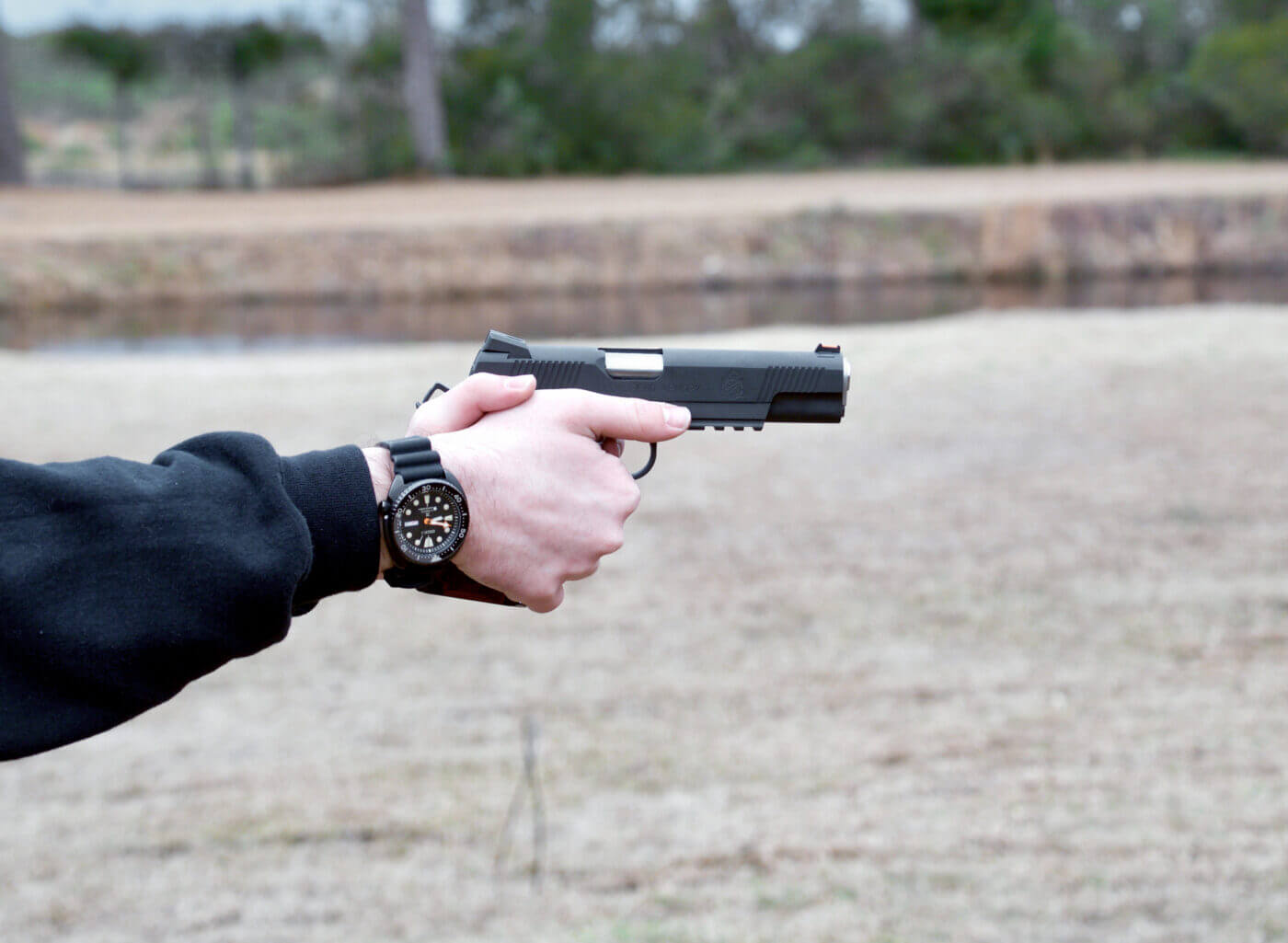
The Range Officer Operator has the features needed to make it an asset on and off the range. The pistol features a safety, which is a desirable feature among many new shooters, especially those looking to carry the gun for defensive use. An accessory rail machined into the frame of the handgun allows for the attachment of flashlights or lasers. While not especially useful for target shooting at the range during the daytime, a flashlight can be an indispensable tool in defensive situations.
Conclusion
In my opinion, the Range Officer Operator from Springfield Armory is a great choice for new shooters because it gives them two guns in one. It’s an accurate, easy shooting range gun to learn the fundamentals of the sport with and a sturdy, capable defensive tool, all in one. No matter what capacity the handgun is being used in, it boasts ease of use and staunch reliability, all while allowing the shooter to focus on the shooting process without unnecessary complications.
Editor’s Note: Be sure to check out The Armory Life Forum, where you can comment about our daily articles, as well as just talk guns and gear. Click the “Go To Forum Thread” link below to jump in.
Join the Discussion
Featured in this article
Continue Reading
Did you enjoy this article?

 82
82




